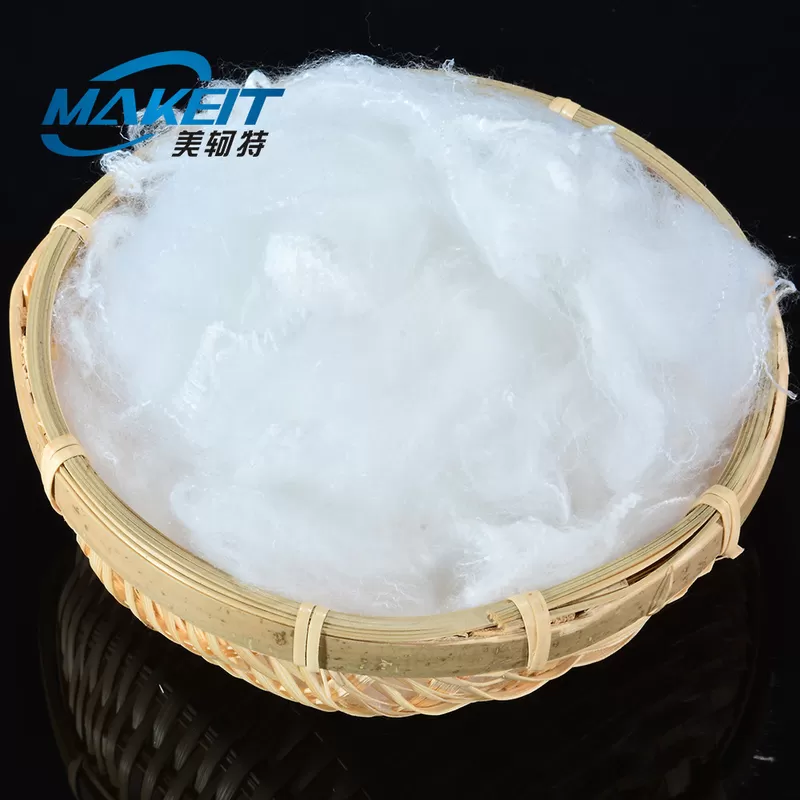In the realm of metalworking and woodworking, shapers and planers are two essential machines that serve distinct purposes. While both tools are designed to create flat surfaces and intricate shapes, they operate on different principles and are suited for different applications. This article delves into the main differences between shapers and planers, exploring their mechanisms, applications, and advantages to help you make informed decisions in your workshop.
Understanding the Basics: What Are Shapers and Planers?
Shapers are machine tools that use a linear motion to cut material. They typically feature a single-point cutting tool that moves back and forth across the workpiece, removing material in a controlled manner. This reciprocating motion allows for the creation of flat surfaces, grooves, and complex shapes, making shapers particularly useful for producing intricate components.
Planers, on the other hand, are designed to create flat surfaces on larger workpieces. They utilize a stationary cutting tool that moves across the surface of the material, which is fed into the machine. This process allows for the rapid removal of material from the surface, making planers ideal for flattening large boards or slabs of wood and metal.
Key Differences Between Shapers and Planers
- Cutting Motion:
- Shapers employ a reciprocating motion, where the cutting tool moves back and forth across the workpiece. This motion is ideal for creating detailed shapes and contours.
- Planers utilize a linear motion where the workpiece is fed into a stationary cutting tool. This method is efficient for producing flat surfaces quickly.
- Tool Configuration:
- In a shaper, the cutting tool is mounted on a ram that moves horizontally. The tool can be adjusted to various angles, allowing for versatility in shaping different profiles.
- In a planer, the cutting tool is fixed and typically consists of multiple blades that can be adjusted for depth of cut. This configuration allows for uniform material removal across the entire surface.
- Workpiece Size:
- Shapers are generally used for smaller, more intricate parts. They excel in creating detailed features on components that require precision.
- Planers are designed for larger workpieces, making them suitable for flattening and smoothing extensive surfaces, such as beams or large sheets of material.
- Material Removal Rate:
- Shapers tend to have a slower material removal rate due to their reciprocating motion, which is more suited for precision work.
- Planers can remove material at a much faster rate, making them more efficient for bulk processing of larger materials.
- Applications:
- Shapers are commonly used in tool and die making, creating molds, and producing complex parts that require high precision.
- Planers are often employed in woodworking and metalworking shops for tasks such as flattening lumber, machining large metal plates, and preparing surfaces for further processing.
Advantages and Disadvantages
Shapers:
- Advantages:
- High precision and versatility for intricate shapes.
- Ability to work with a variety of materials.
- Disadvantages:
- Slower material removal rate.
- Limited to smaller workpieces.
Planers:
- Advantages:
- Fast and efficient for large surfaces.
- Capable of handling substantial workpieces.
- Disadvantages:
- Less suitable for intricate shapes.
- Requires more space due to the size of the machine.
Conclusion
In summary, while both shapers and planers are invaluable tools in the metalworking and woodworking industries, they serve different purposes and are suited for different tasks. Understanding the main differences between these machines can help you choose the right tool for your specific needs. Whether you require the precision of a shaper for intricate designs or the efficiency of a planer for large surfaces, knowing the strengths and limitations of each will enhance your machining capabilities and improve your overall productivity.

